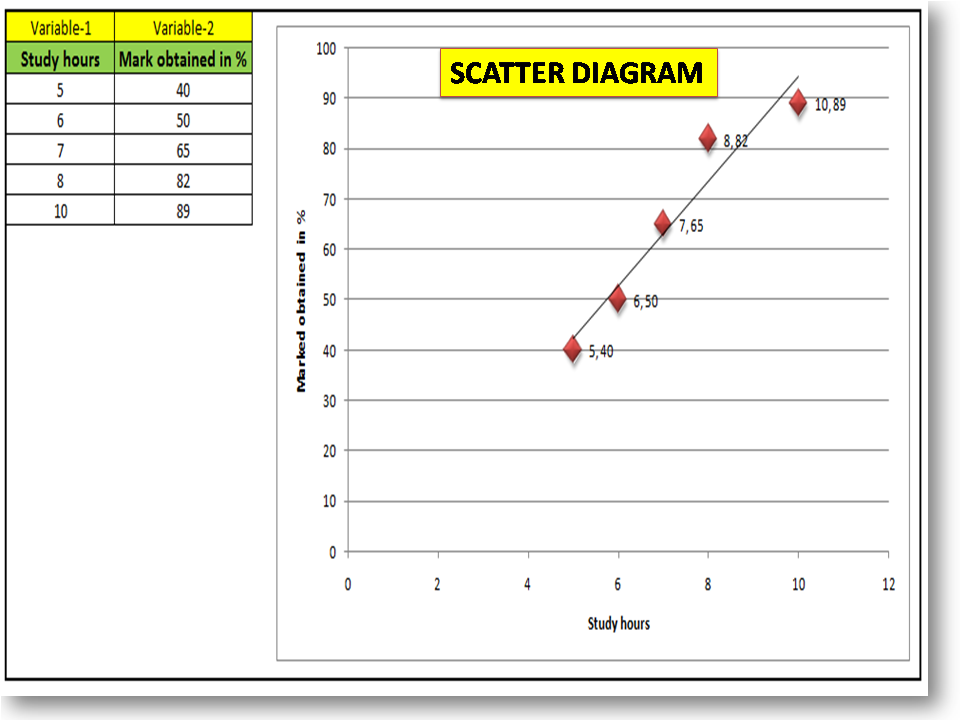

They can be represented on other types of charts, but it’s easy for them to become obscured. Additional information is easy to see.Įrror bars, data labels, trend lines, and other useful statistical notations are very clear on line graphs. You’re going to be hard-pressed to find someone who doesn’t understand the information you present in a line chart.Īlmost everyone is very familiar with these graphs, and that’s a big advantage over more complicated options.Ĥ. In fact, in their most basic form, they only contain one thing: a line.


You can even show interactions between values with this chart, which is great for complicated datasets. Using different-colored lines in a line graph is much clearer. They make it easy to see multiple sets of data.Ĭlustered and stacked charts let you show a lot of data in a small space, but they can be difficult to read. To provide this data you need to enter X values into one column. As you hover the mouse pointer over a chart template, Excel will show you a description of that chart as well as its preview. There are other good uses for line charts, but showing a value over time is one of the best.Ģ. Excel charts arent that smart, though: they can only plot data values that you assign. With the source data selected, go to the Insert tab > Charts group, click the Insert Line or Area Chart icon and choose one of the available graph types. On a line graph, people will see this very quickly. Here are a few significant advantages of line graphs:īar charts and column charts can show things over time, but it’s not intuitively clear that the categories represent different temporal slices. Of all the visuals in Excel, why choose a line chart? Plenty of other charts show the same information, so why not use them?


 0 kommentar(er)
0 kommentar(er)
